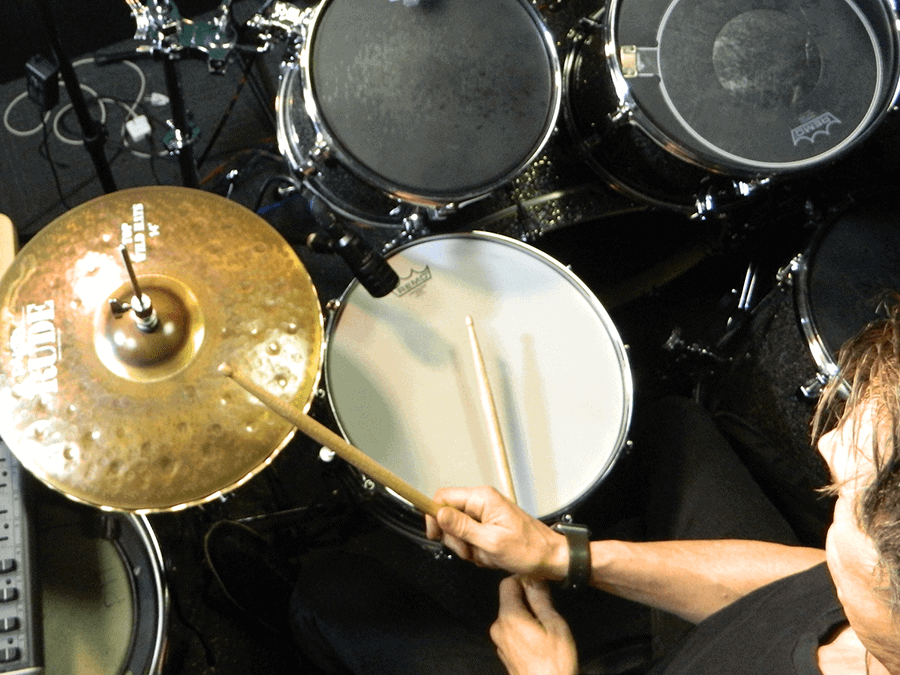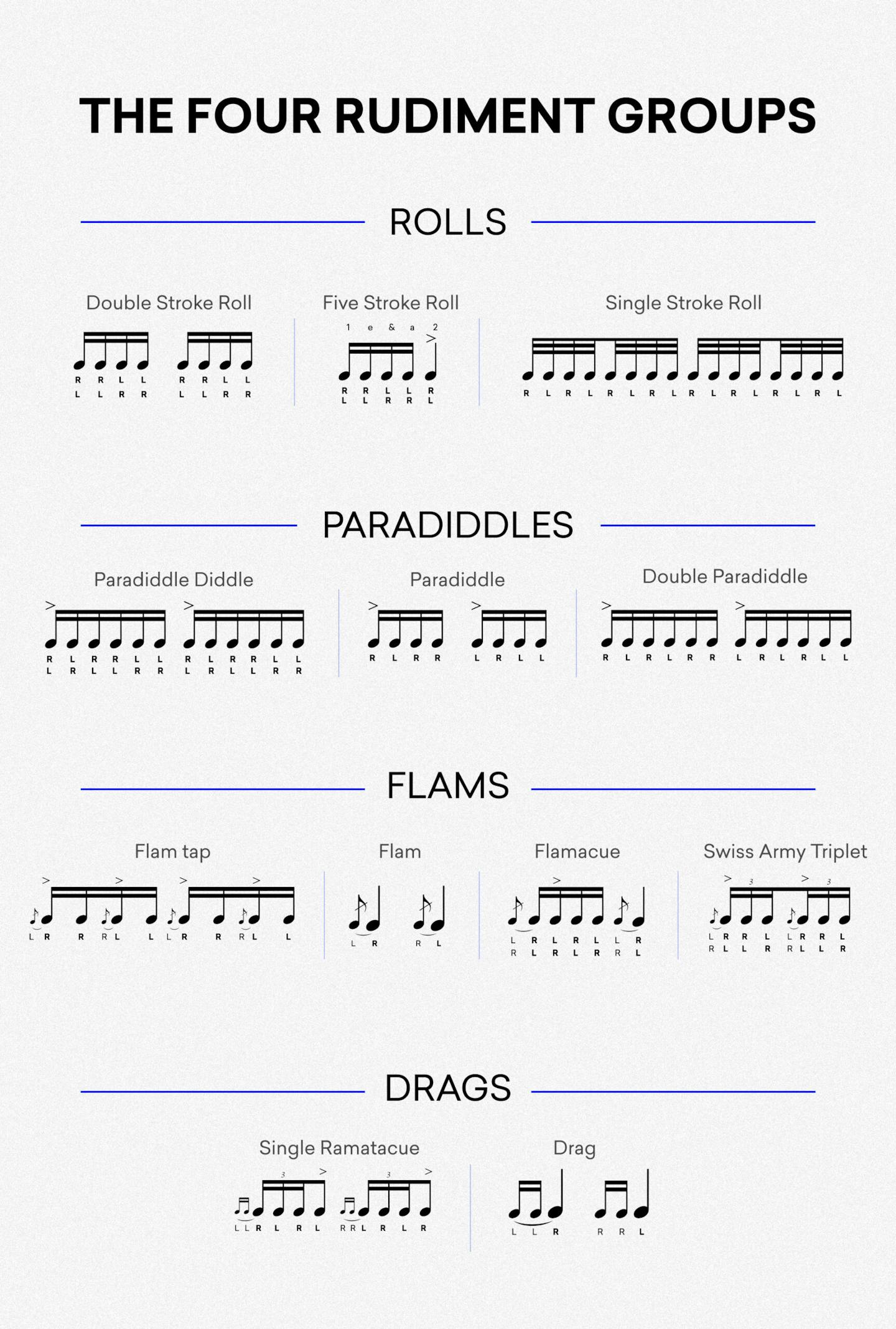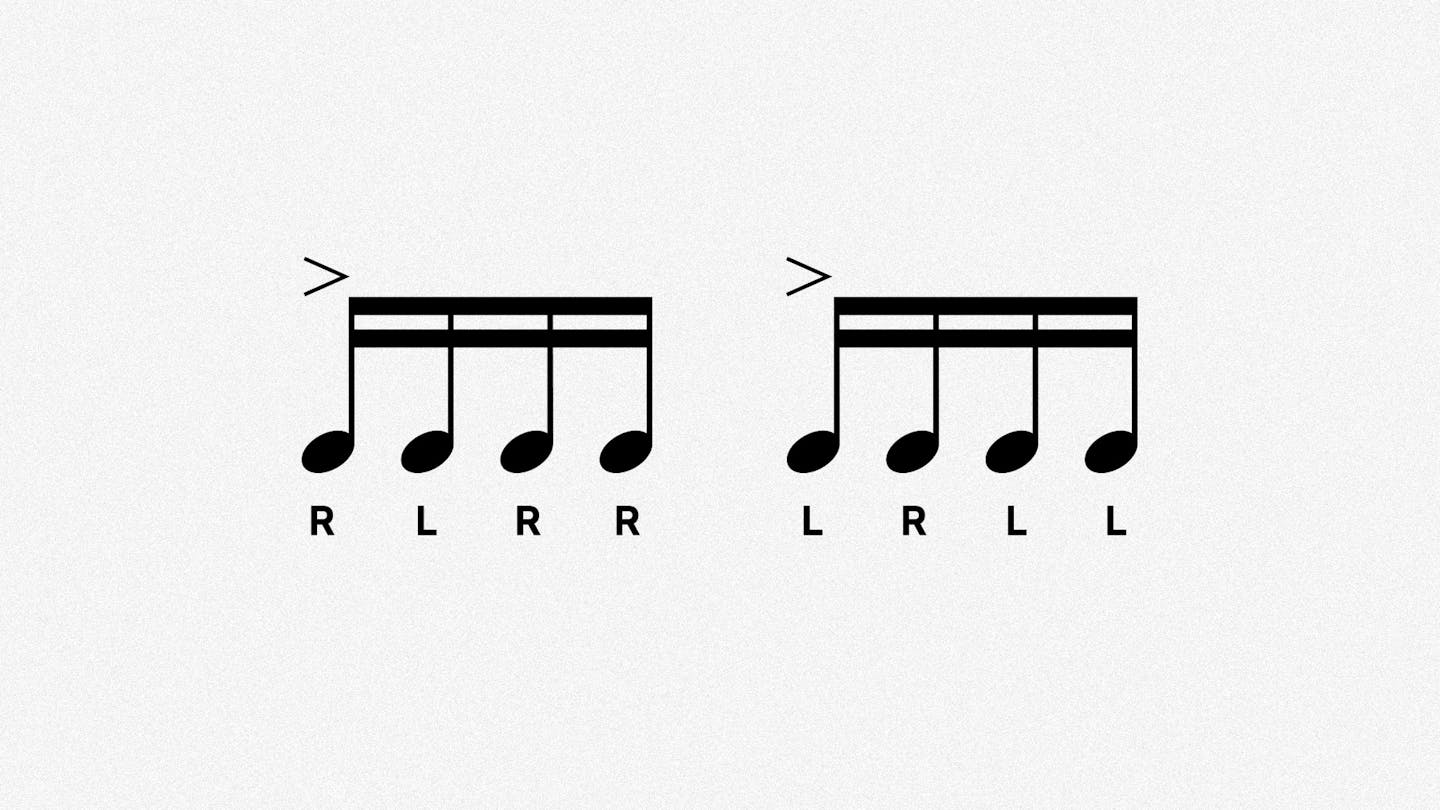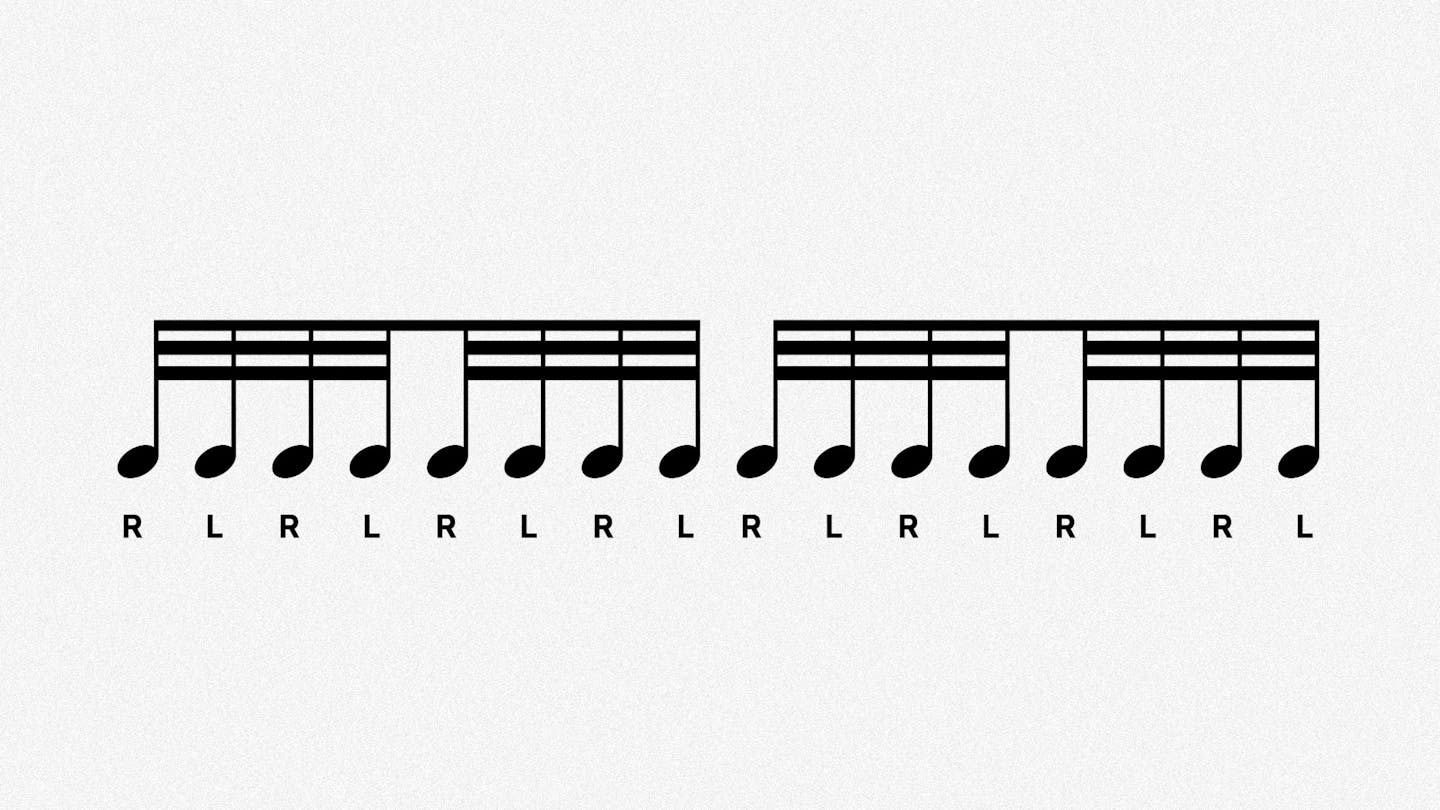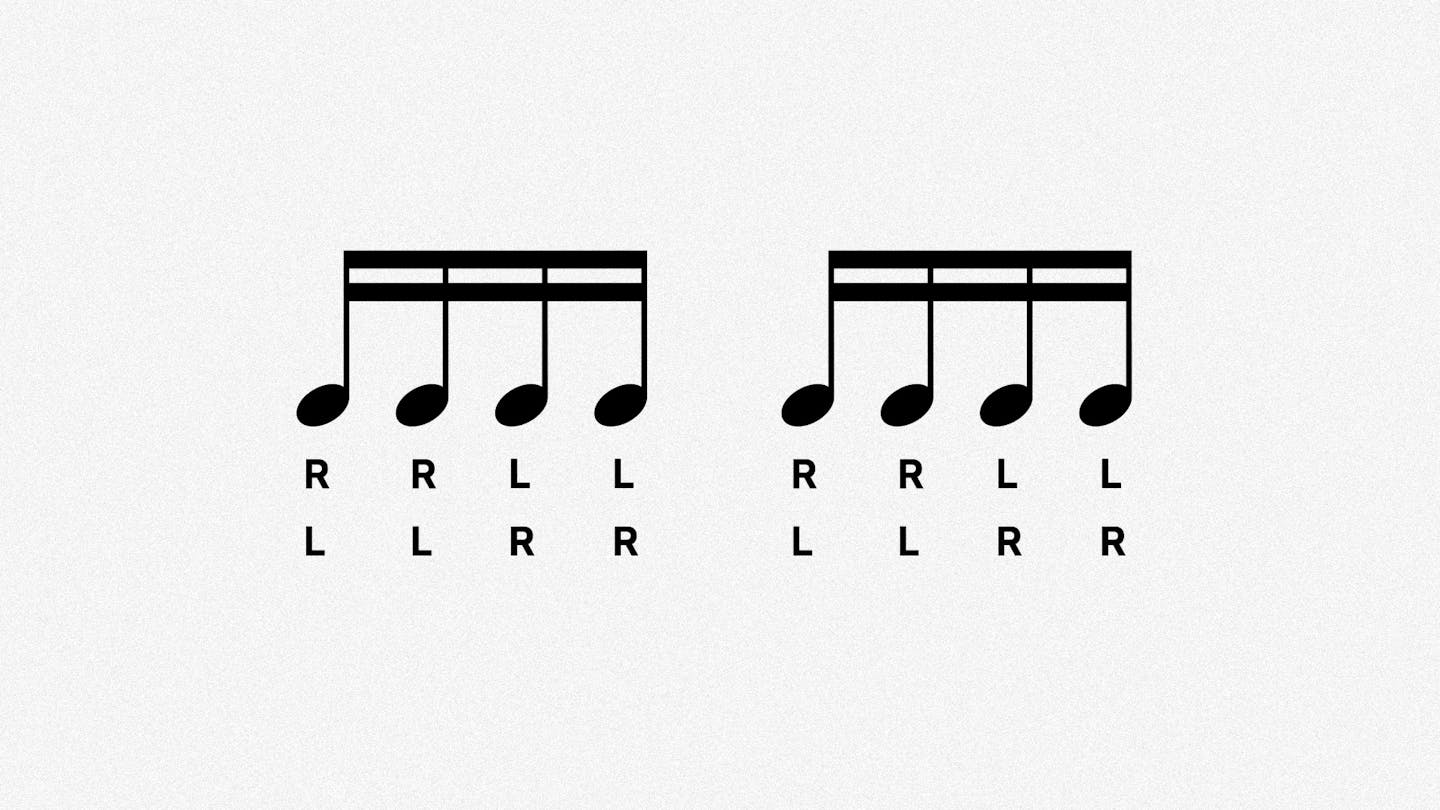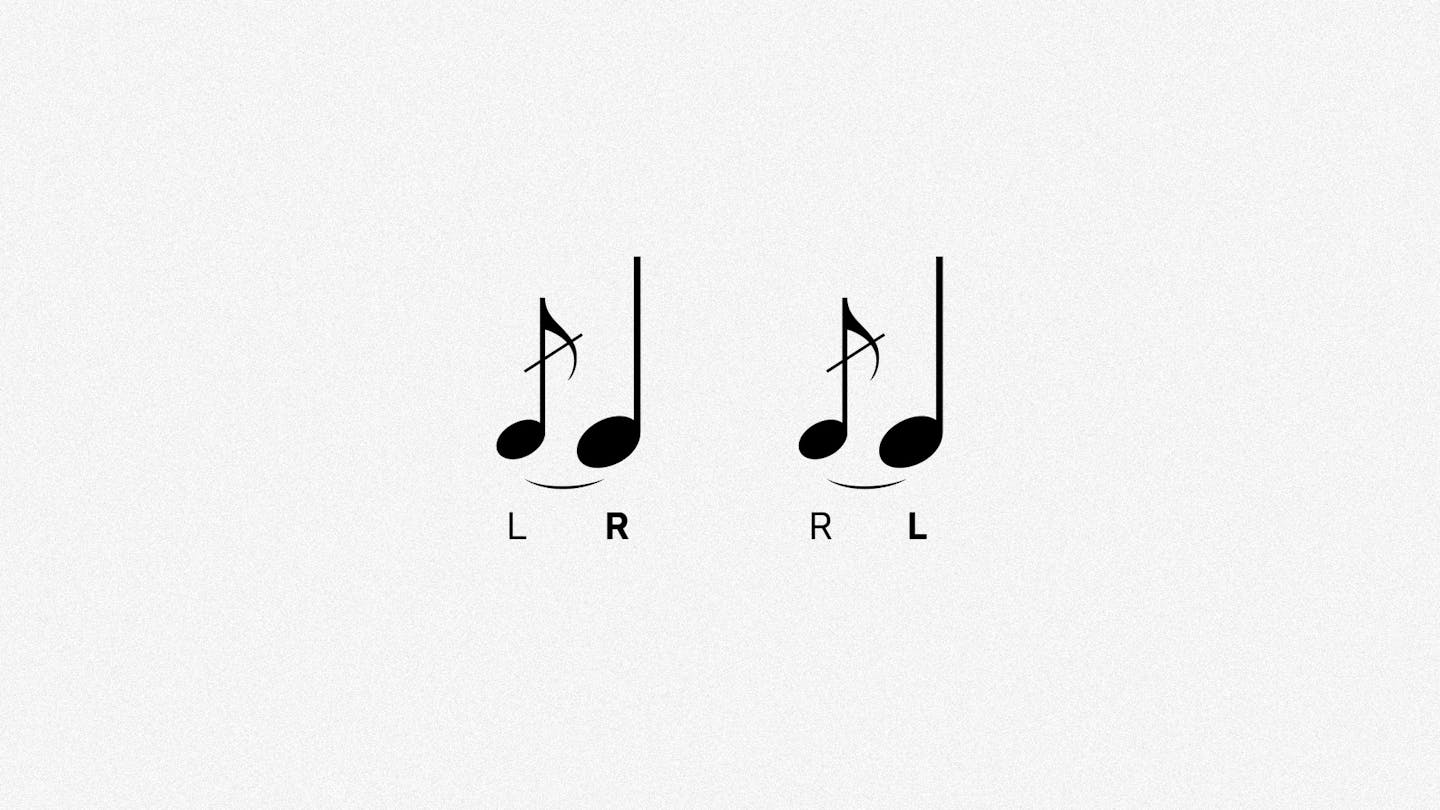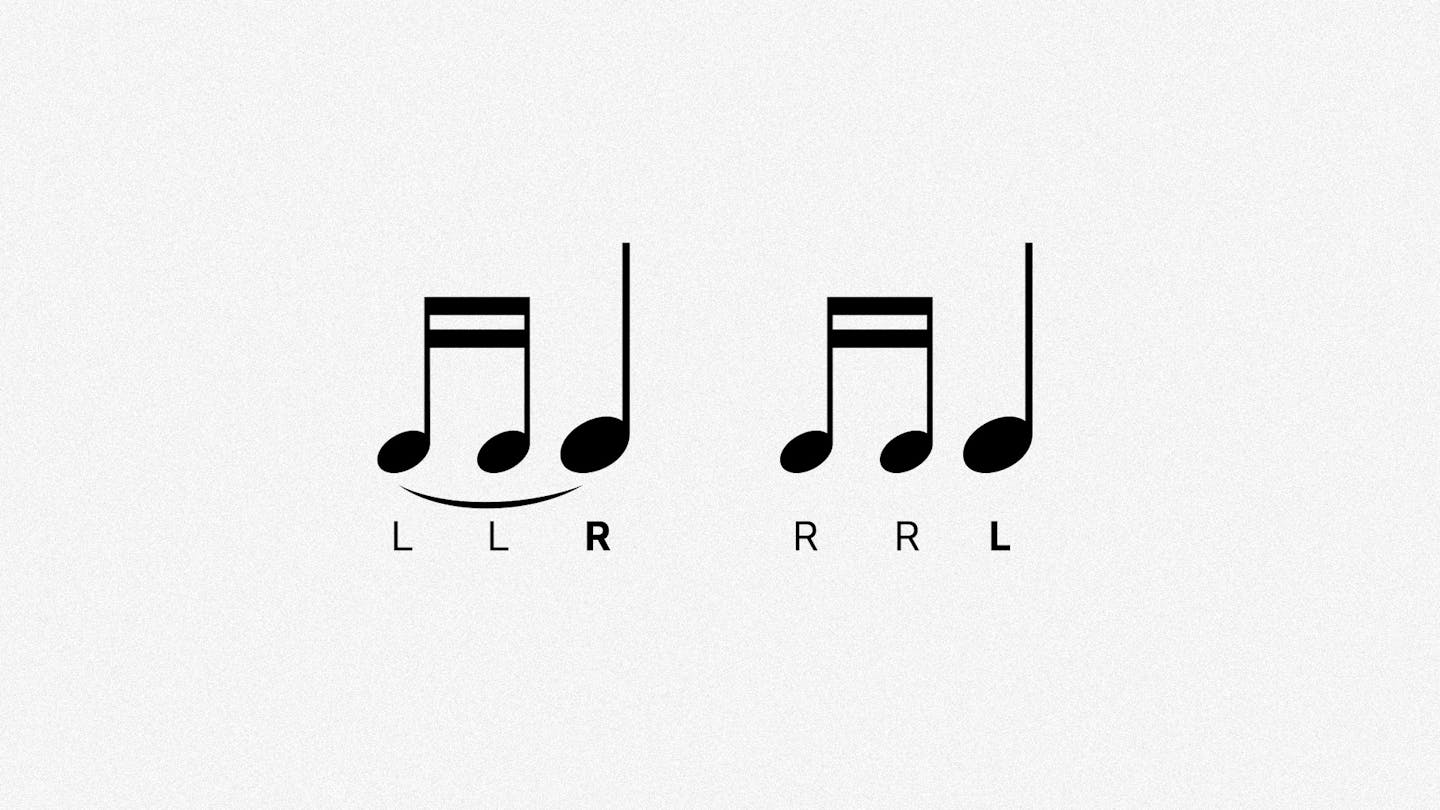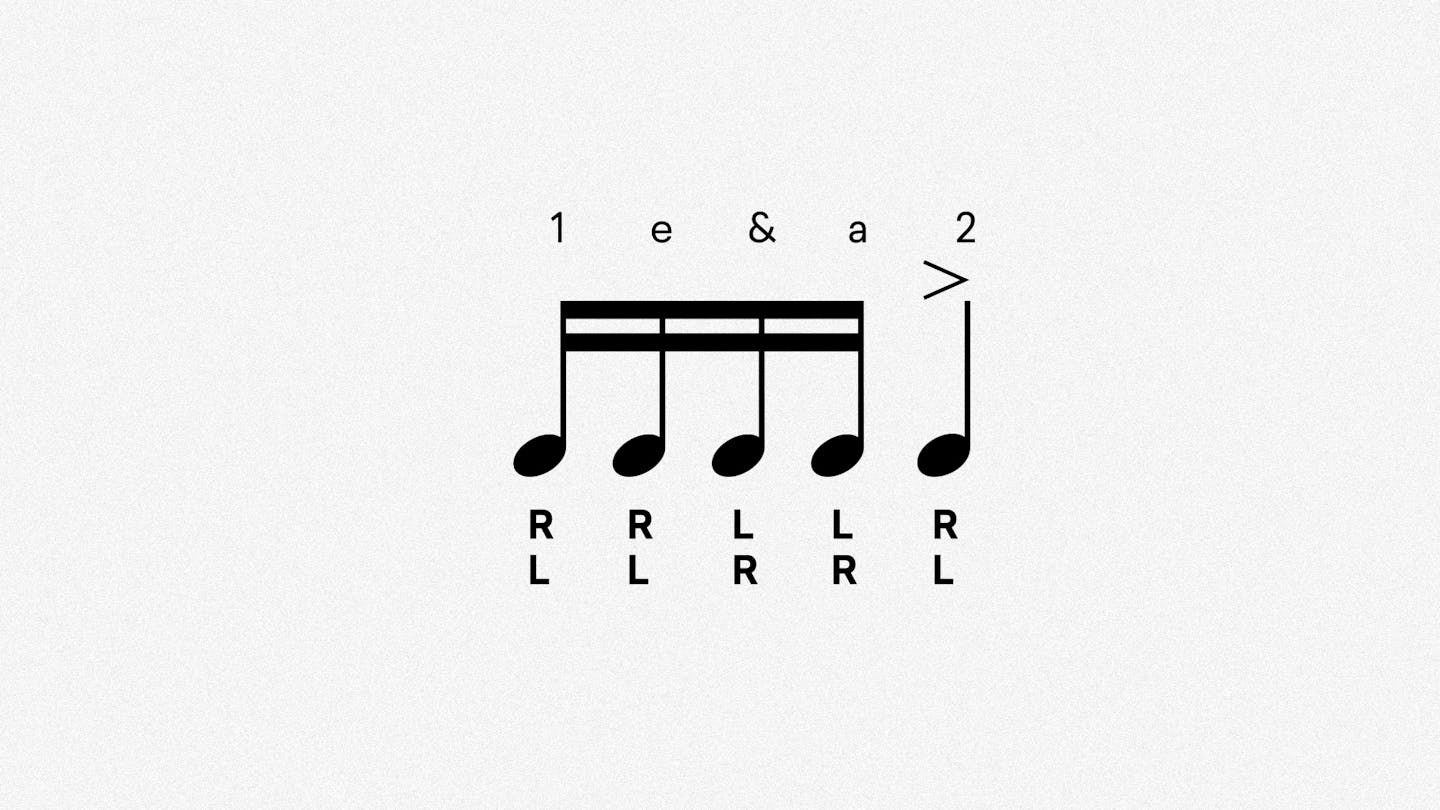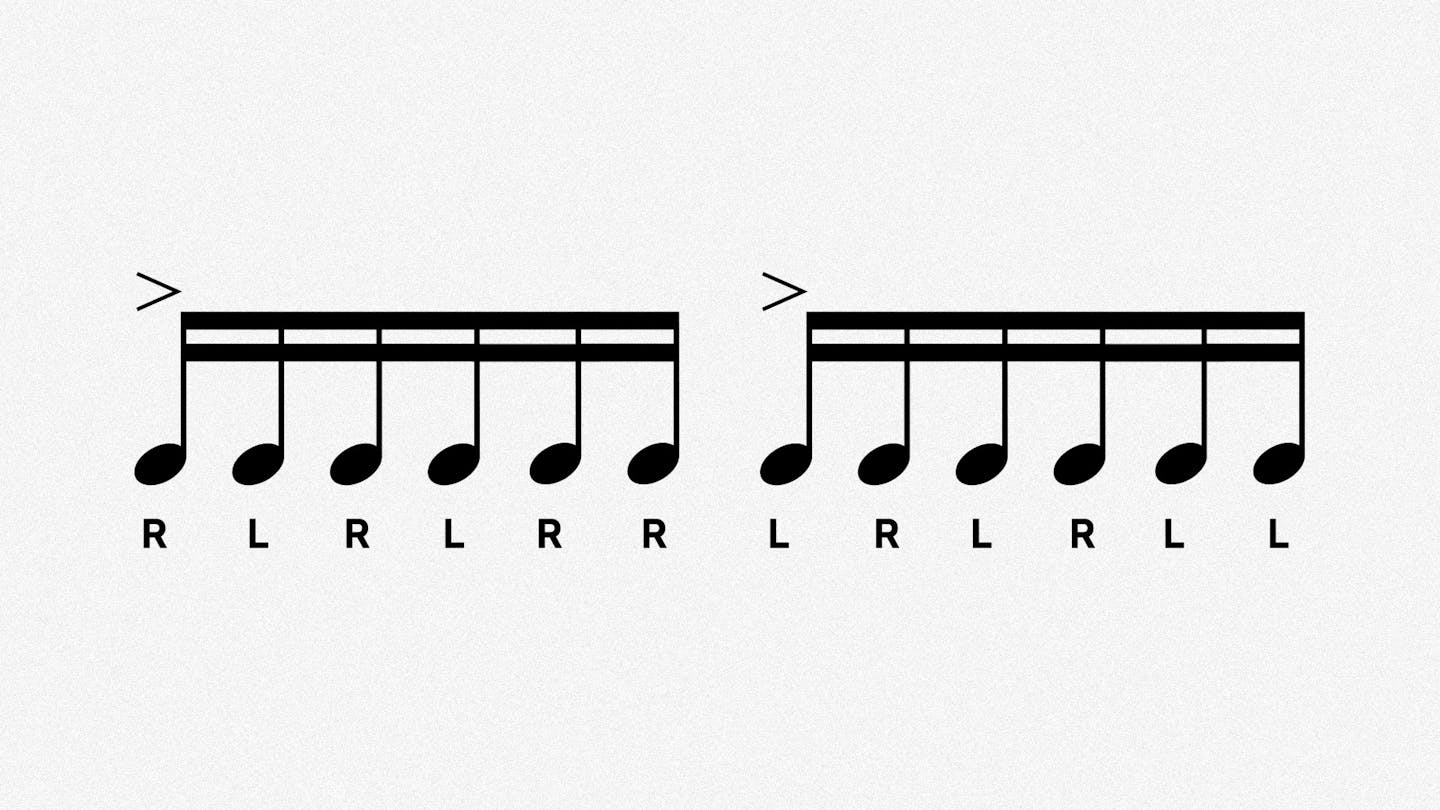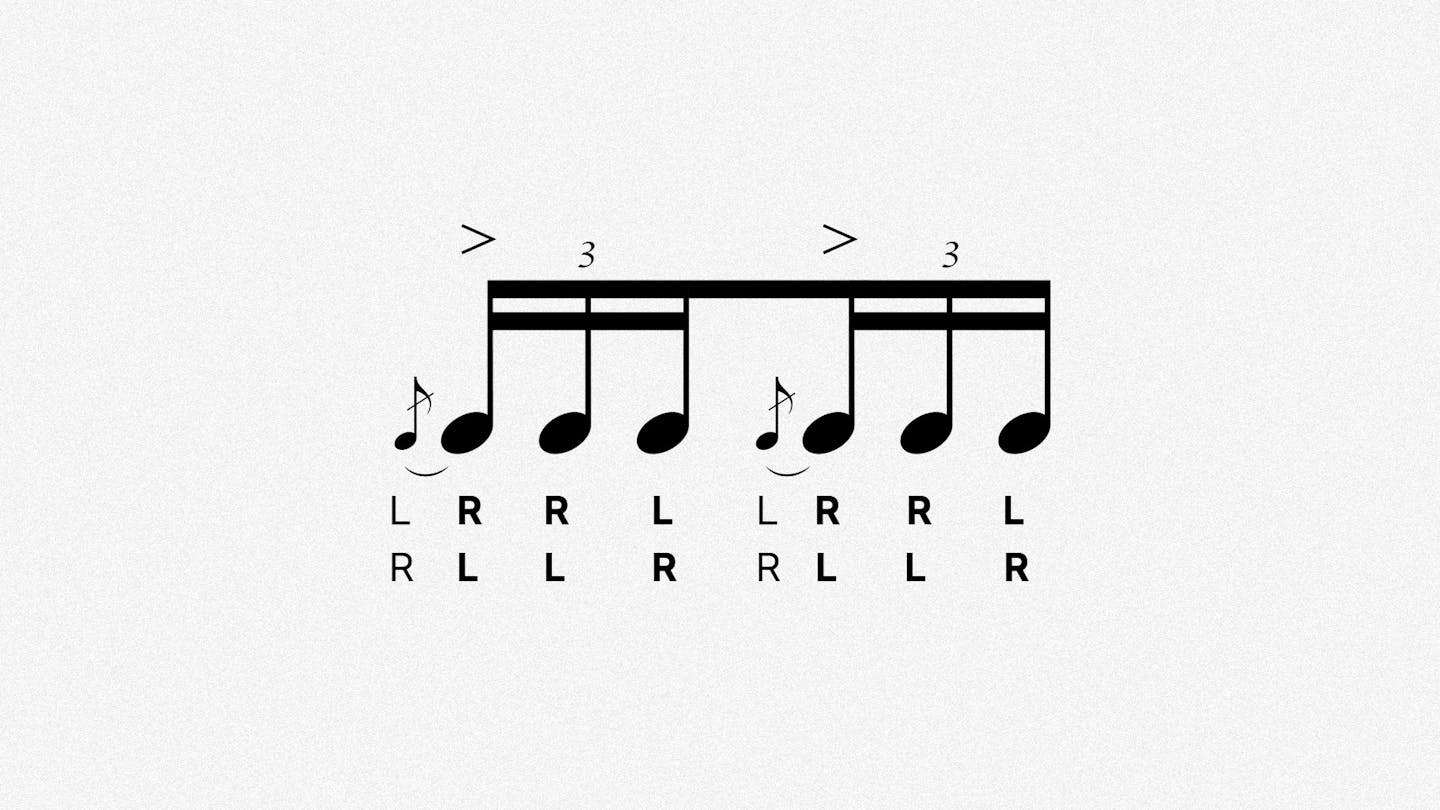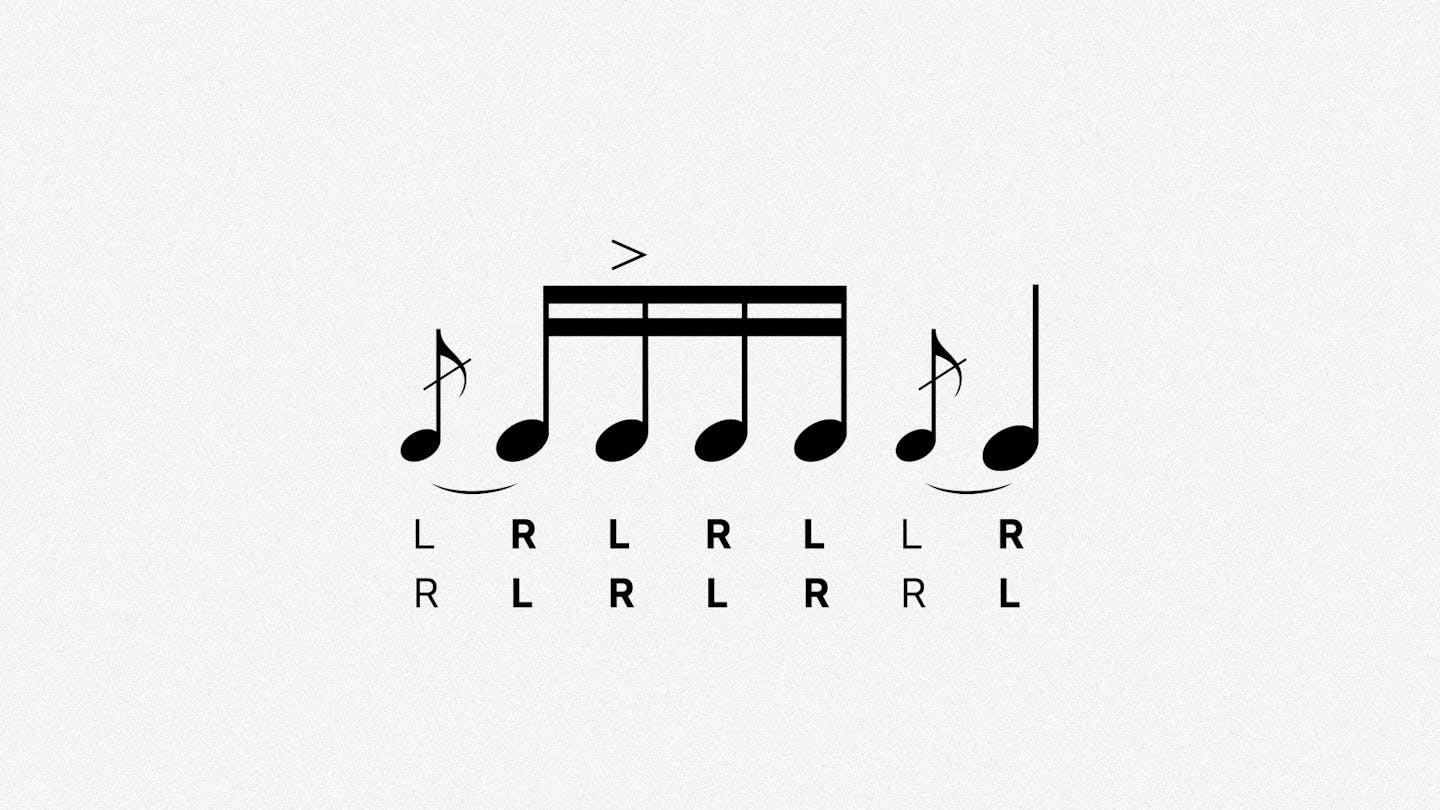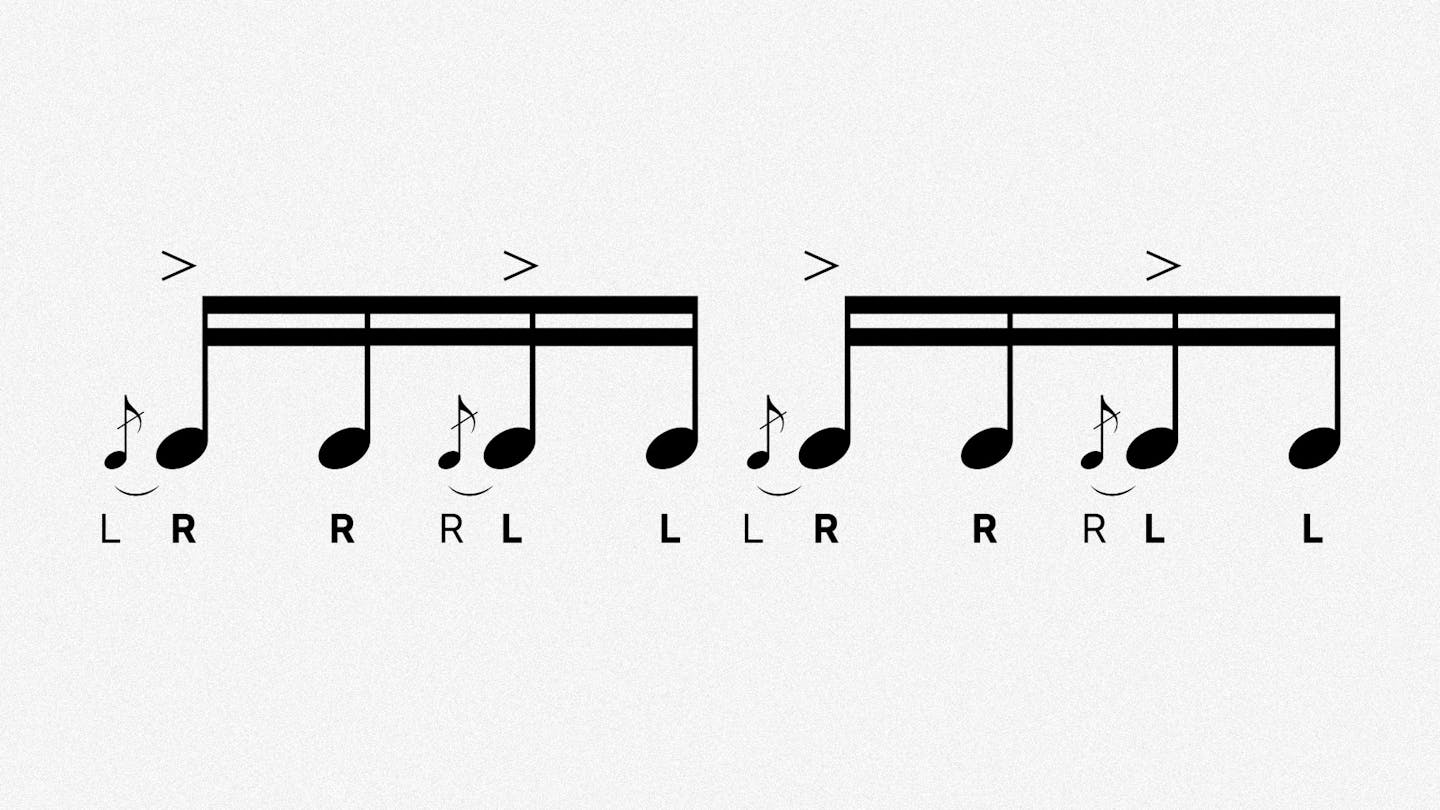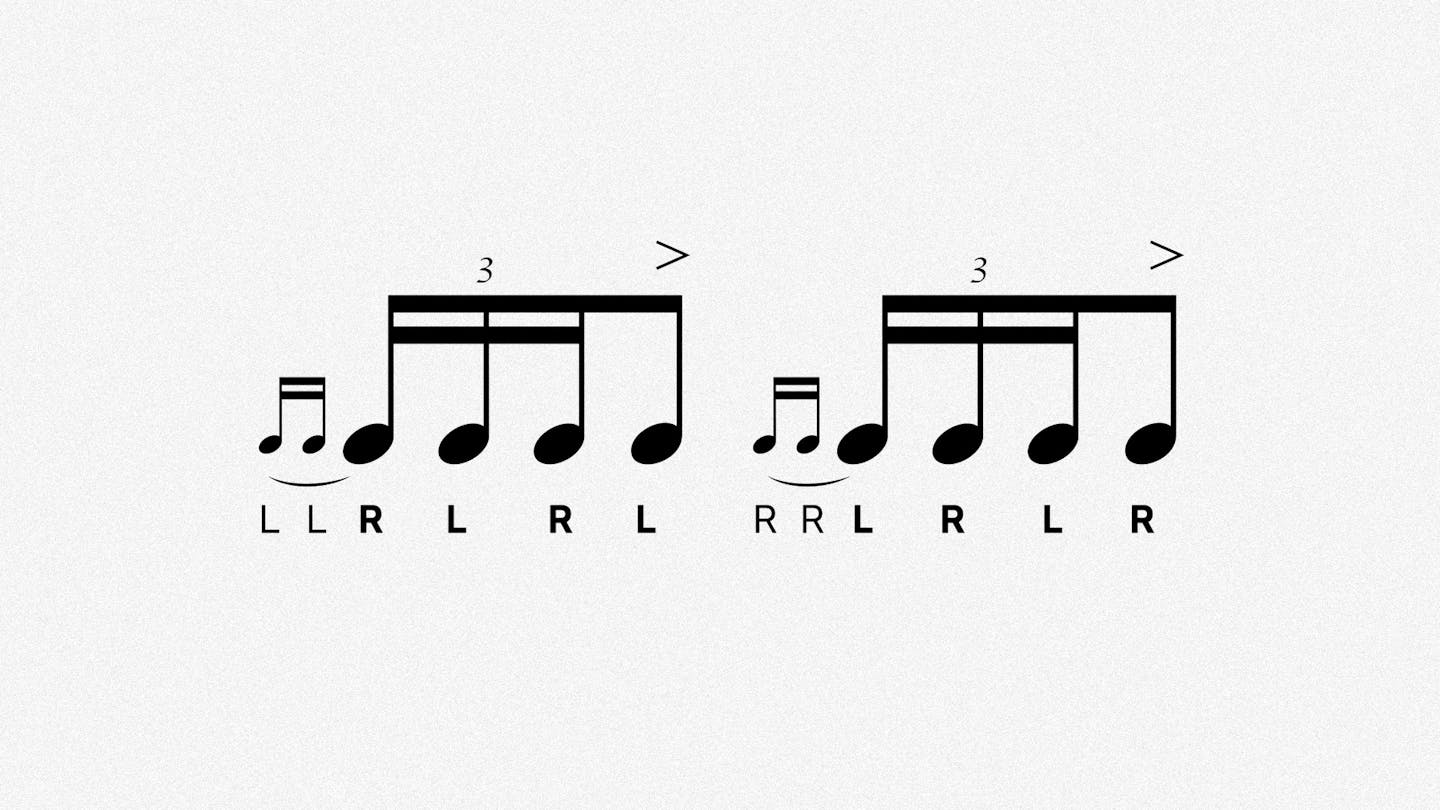Drum rudiments provide a language and foundation for beginners to understand sticking patterns. They are a valuable resource for drummers seeking to improve their fills, solos, and grooves.
By practicing rudiments, drummers can build a strong rhythmic foundation and integrate them into their music.
Hold onto your drumsticks, because in this article, we’re about to dive deep into the captivating world of drum rudiments! Get ready to rock and roll as we uncover everything you need to know.
What exactly are drum rudiments?
Drum rudiments are rhythmic patterns that drummers use to understand different sticking techniques. A particular rudiment can identify almost every drum beat.
These patterns had existed since ancient times when snare drummers in militaries communicated critical information during battles.
Military snare drummers played different rudimental patterns to inform commanders of enemy advances, essentially becoming primitive walkie-talkies. Guess who the army will go after first.
Organizing the rudiments
Although rudiments still serve as an important language for drummers to create rhythmic phrases and inform their playing, they have evolved beyond their militaristic origins.
The Percussive Arts Society has defined 40 drum rudiments, with other rudiments existing outside this semi-official list as variations and expansions of a few basic essentials.
All rudiments can be divided into four categories:
- Rolls
- Paradiddles
- Flams
- Drags
By mastering these four fundamental rudiments, you will pave the way for exploring more intricate rudiments that can be utilized throughout the drum kit.
The initial 12 drum rudiments to prioritize learning
Although having all 40 official rudiments in your repertoire can be beneficial, it’s not necessary to learn them all at once. As you progress, some rudiments may be more applicable to marching or orchestral percussion.
However, the 12 essential rudiments are highly suited to contemporary drum kit playing and provide numerous opportunities for experimentation around the kit. Additionally, starting with these rudiments is an excellent way to work towards mastering all 40.
1. The paradiddle
The most prevalent rudiment, by far, is the paradiddle. It’s recommended to begin practicing paradiddles from day one, and they will be a constant part of your drumming repertoire for the duration of your career.
The paradiddle is an ideal rudiment as it seamlessly transitions between left and right-hand starts. Practicing paradiddles will help you master the hand movements necessary for playing more intricate rudiments such as the double stroke roll, swiss army triplet, and more.
2. The single-stroke roll
Start practicing this incredibly important rudiment that is super simple but highly effective.
The single-stroke roll involves controlled alternating strokes between each hand.
This rudiment is not defined by a specific length of time, but instead is a concept for developing speed and control on the drums.
The crucial factor for success with this rudiment is control, as each stroke must be played evenly in terms of volume and time.
To master it, practice with a metronome, gradually increasing the speed. Play it loudly, softly, and experiment with variations in speed. Above all, focus on achieving control.
3. The double-stroke roll
The double-stroke roll is the ultimate test of value and difficulty on the drums.
Achieving clean, controlled, and fast doubles can take a lifetime, but once mastered, they unlock the path to mastering many other rudiments and offer great versatility on the kit.
One of the reasons for their versatility is that they’re easier to play at higher speeds and are not restricted to a specific hand as each hand alternates during the roll.
To execute them correctly, one needs to master the bounce-back technique and develop the muscle memory to catch the stick with the fingers at the top of its rebound, enabling efficient and effective hits.
Practice your double-stroke rolls the same way you practice your single-stroke rolls.
4. The flam
The fundamental flam is valuable in enhancing the emphasis and impact of a drum pattern.
Moreover, it aids in developing muscle memory and timing independence to execute delayed strokes that are ahead or behind the beat.
Since flams represent a whole family of rudiments, mastering the basic flam will unlock opportunities to explore more flam-based rudiments.
5. The drag
The basic drag rudiment is comparable to the flam, but it incorporates a double-stroked ghost note preceding the downbeat.
This speedy roll is valuable for injecting extra embellishment into any drum pattern and produces a fantastic accent on the snare.
Prior to advancing to drags, it is important to have mastery over double strokes and the flam. However, if you can pick up this rudiment, it will open the door to a whole category of drag-based rudiments.
6. The five-stroke roll
The five-stroke roll begins with a single stroke and is followed by two double. It is ideal for both warm-up exercises and drum fills that demand mobility around the kit. After mastering this, longer rolls like the seven-stroke, nine-stroke, and 13-stroke will be within your grasp!
7. The para-diddle-diddle
If you’ve got your five-stroke rolls and paradiddles locked down, the para-diddle-diddle rudiment is a fascinating one to explore.
Essentially, it’s a paradiddle with an extra double stroke or a five-stroke roll with an extra single stroke. By mastering it, you’ll unlock many essential rhythmic patterns on the drums.
8. The double paradiddle
The double paradiddle, similar to the para-diddle-diddle, doubles the single strokes.
9. The Swiss Army triplet
The Swiss Army triplet, with its roots in the militaristic origins of snare drumming, is an intriguing rudiment. Despite being notated with flams, it’s essentially an offset double-stroke roll when played fast, with the doubles played inside each other to create a triplet feel.
10. The flamacue
Despite its misleading name, the flamcue rudiment has nothing to do with grilling. It’s a useful drumming pattern that combines the “cue” technique with flams.
This rudiment is great for accenting downbeat notes, as the accent falls on the second sixteenth note of the flamacue.
To master it, you need to play ghost notes on the flam, followed by a large upstroke, then come down to properly accent the third note.
11. The flam tap
A flam tap is an excellent tool for developing greater versatility and control over your flams.
This rudiment, when played quickly and alternately between lead hands, will also help you develop the muscle memory required to play the triple stroke roll, as it requires you to play three notes in rapid succession.
Flams are most effective when the ghost note is played quietly and a split second before the main accent note.
12. The single ratamacue
The single ratamacue is a snare drum lick that can be quickly deployed.
To execute the ratamacue smoothly, you must have a firm grasp of the drag rudiment, which involves a controlled double stroke followed by a snare accent.
After mastering the single ratamacue, it can serve as a perfect opener or closer for any drum fill.
Conclusion
Although it may not seem as exciting as playing a complete drum kit, practicing basic rudiments on a practice pad is crucial. Learning the fundamentals will benefit you in the long run, just like eating your vegetables.
You may not be able to learn all 40 official drum rudiments right away, but beginning with these twelve will help you develop a wider rhythmic vocabulary and become a more innovative drummer.
Enjoy practicing these twelve rudiments!

